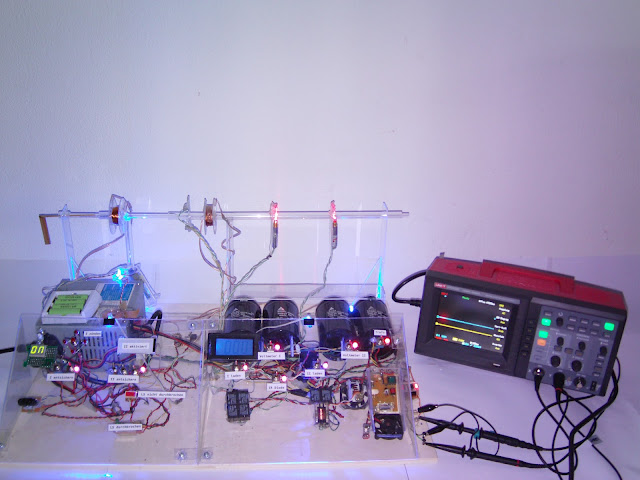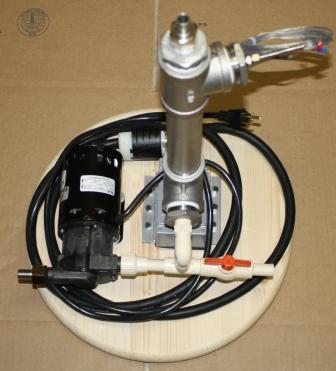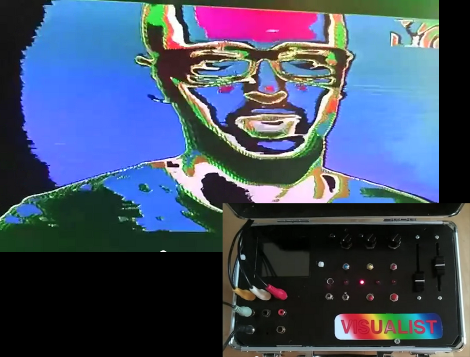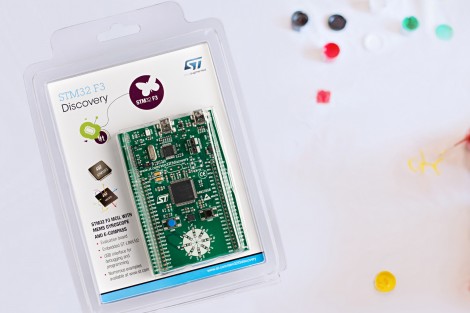
Coil guns use electromagnetic coils to propel a metal projectile. On the surface they may look rather complicated. But when you break down the concepts it’s pretty easy to learn. If you’ve ever thought of dabbling in this field this lengthy coilgun primer will be a great help.
The basic concept of a coilgun comes in three parts: the coil, the voltage source, and the switch that combines the two. In the build above you can see two spools of wire on the clear barrel of the gun. These make up a pair of accelerators which connect to those huge black capacitors supplying the voltage. The switch they used can’t really be seen but from the article we know it’s a Thyristor; a Silicon Controlled Rectifier (2N6504).
In the video after the break you can see these three parts coming together for a test firing. This is the first step in a longer journey. To achieve higher projectile velocities you must add coils, as in the image above. But spacing and timing quickly complicate the simple concept. But if you can work out all the kinks you end up with some pretty great hardware.
















